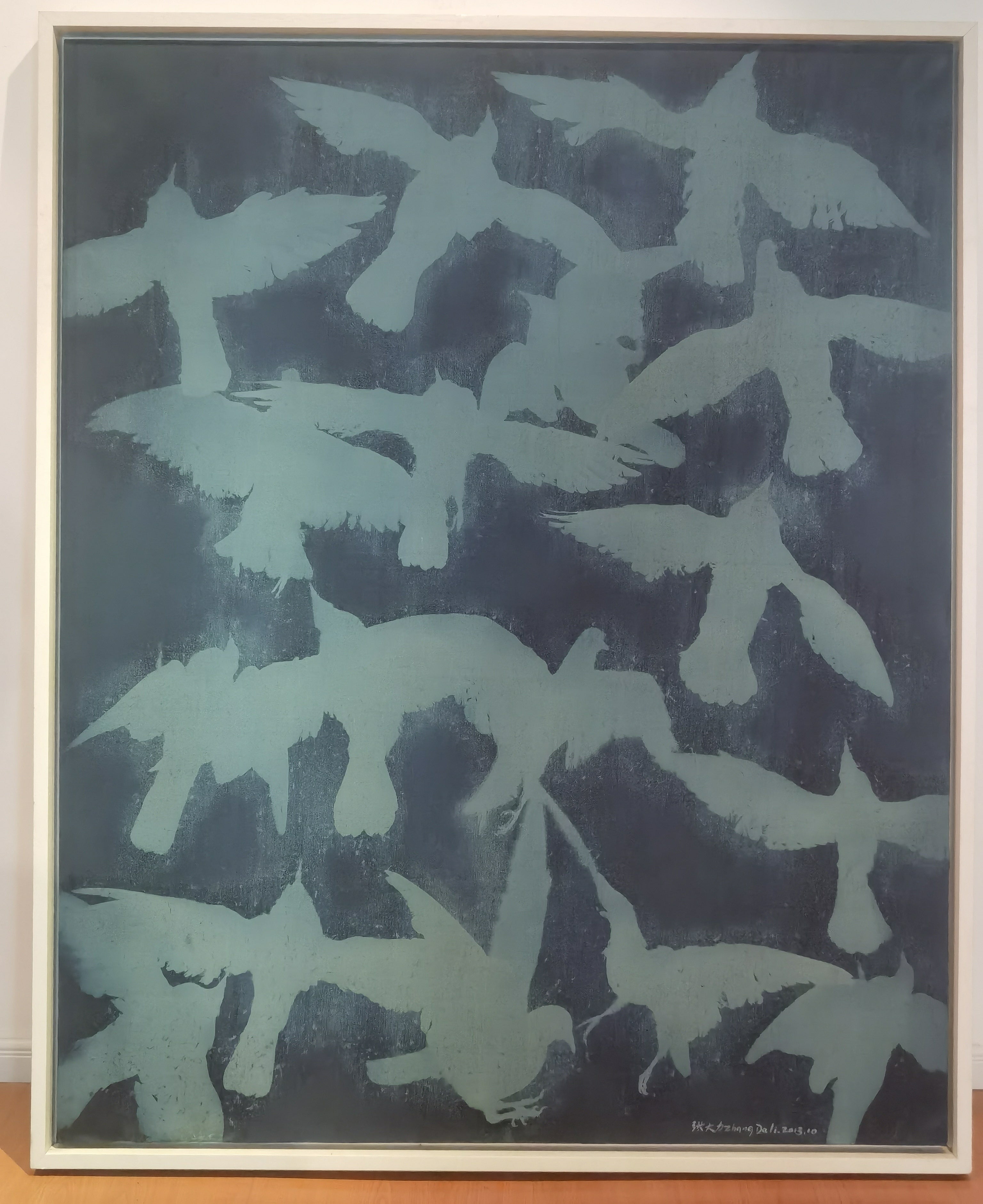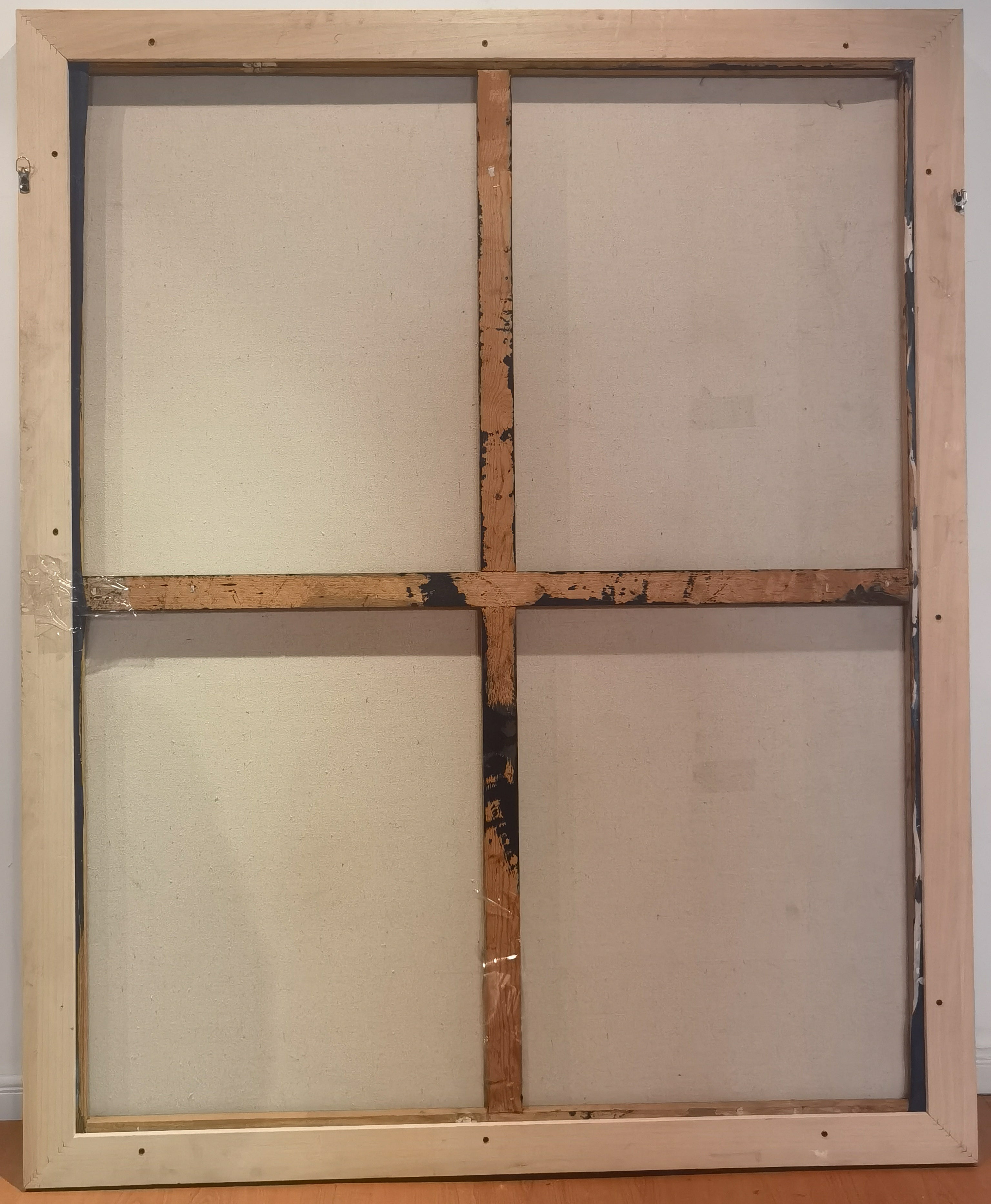Plaza 3
Zhang Dali
Artwork Details
Artwork Description
Title: Plaza 3
Artist: Zhang Dali (Chinese, b. 1963)
Date: 2013
Medium: Oil on canvas
Dimensions: 60.2 x 48.4 in (153 x 123 cm)
Framing: Framed
Artwork Identification
Plaza 3 is a striking work within Zhang Dali’s renowned Plaza series, which probes the layered meanings of public urban spaces in contemporary China. The composition evokes a contemplative stillness that belies the charged historical and political contexts from which it emerges, inviting viewers to engage with the invisible narratives embedded in these sites.
Artistic Style and Influences
The work showcases Zhang’s sophisticated command of oil painting, merging realism with conceptual depth. His muted palette and precise brushwork echo metaphysical and minimalist traditions, while his engagement with architectural forms underscores his interest in space as a political and social construct. Zhang’s experience as a graffiti and street artist informs his nuanced layering of symbolism and form.
Historical Context
Emerging from a turbulent period of rapid urbanization and socio-political change in China, Plaza 3 reflects Zhang’s critical reflection on the transformation of Beijing’s urban landscape. Having spent formative years in exile in Italy, Zhang incorporates Western modernist sensibilities into his examination of Chinese identity, memory, and displacement, making the Plaza series a significant commentary on globalization and cultural transition.
Provenance and Authenticity
Provenance documentation can be provided upon contact.
Condition and Conservation
The painting is in excellent condition with a stable surface and vibrant color integrity. It remains stretched on its original wooden frame and is presented professionally framed, ready for display.
Artistic Significance
Plaza 3 exemplifies Zhang Dali’s evolution from street-level political interventions to refined painterly investigations of space, history, and identity. It embodies a dialogue between presence and absence, permanence and change, making it a pivotal work in his oeuvre and an important acquisition for collectors of contemporary Chinese art.









